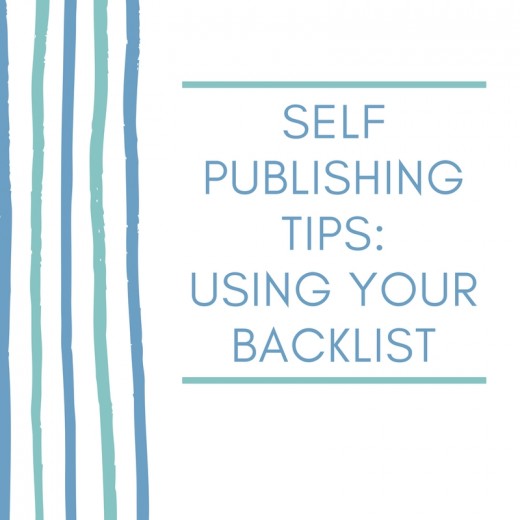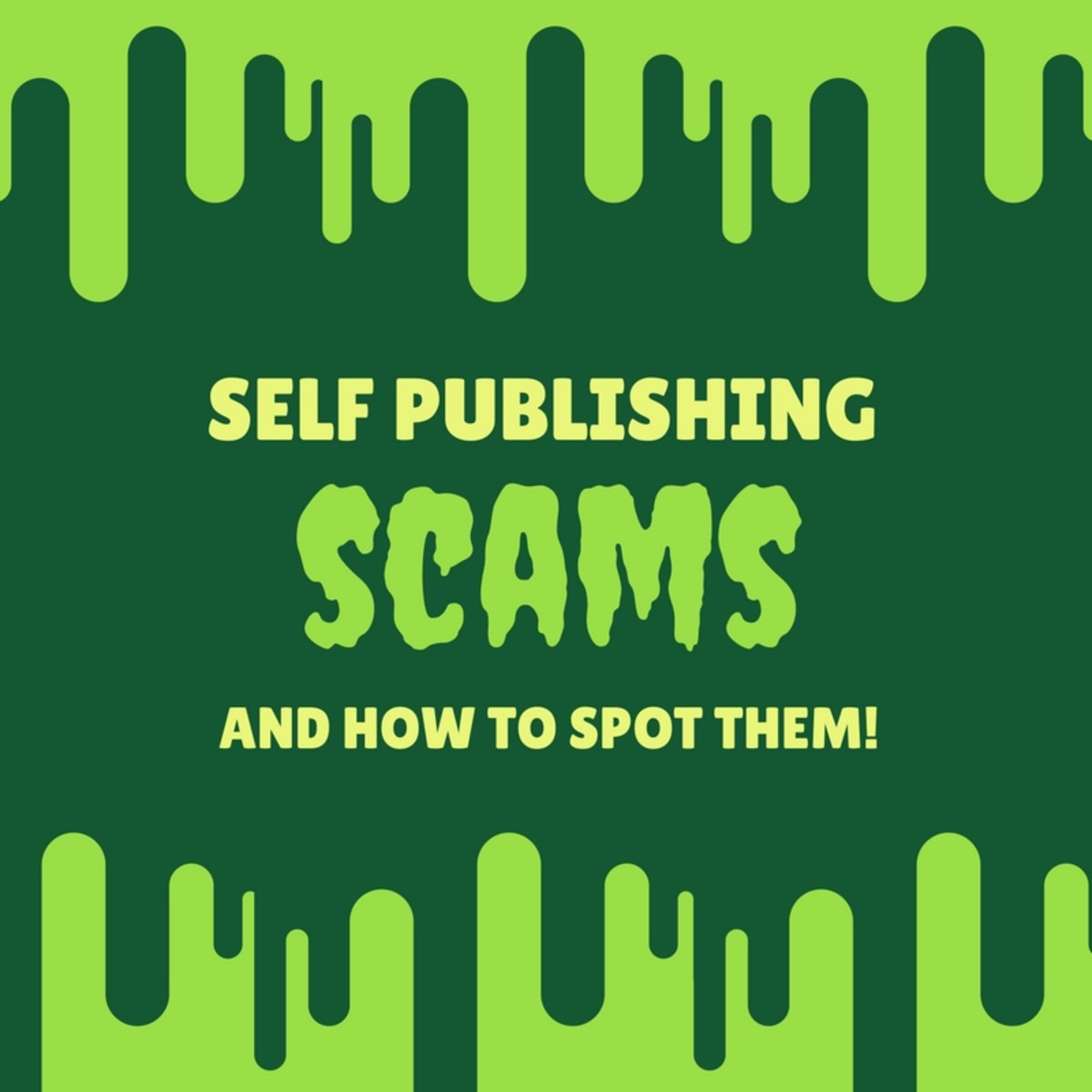- HubPages»
- Books, Literature, and Writing»
- Commercial & Creative Writing»
- Making Money as a Writer
Self Publishing Tips: Using Your Backlist

What is a Backlist?
Once you get bit by the self publishing bug, you'll likely do it again... and again... That's really okay! One of the advantages of publishing multiple books or ebooks is that you build a backlist. In publishing parlance, a backlist is the roster of previous published works by an author or publisher. For authors, a backlist can be proof of his or her body of published work.
When a title officially becomes a backlist is not a hard date. Back when brick-and-mortar bookstores were the norm, backlist titles may not have been given shelf space in favor of newer front list books (see discussion on front list below). But with today's online bookstores, older titles—even those that could have been published years ago!—may even be marketed together. Topical search results on sites such as Amazon can bring up titles of widely varying original publishing dates.
What is a Front List?
A front list is the roster of newly published or most recent books from an author or publisher. Front list titles are often heavily marketed to boost sales to help recoup the heavy front end investment in author advances, design, editing and promotion costs. So in the past, these titles had to compete for prominent retail real estate in physical bookstores.
Even today, the books one sees getting top billing on online book sites did not likely get there by accident! Front list titles may now compete to gain featured or front page positioning with online booksellers.
The Value of Backlist Titles
Some backlist books become perennial sellers, selling to new readers regardless of when they were originally published. Case in point? Literary classics. This is where publishing gold is mined!
A 1990 New York Times article, The Media Business; Publishing's Backbone: Older Books, noted that approximately 25 to 30 percent of a publisher's revenues could be attributed to backlist sales. Some publishers may seek to acquire other competing publishers just to get their backlist titles.
After the initial costs of publishing a title are recouped, any additional sales of backlist titles represent additional revenues and profits. The primary cost factors associated with backlist books are printing, shipping, production costs and author royalties—all of which can be minimal when compared to the cost of initial publishing of the book as a front list title.
Backlist Sales Strategies for Self Publishing
Even though self publishers may not have as extensive a backlist as the big name publishing houses, they still should be aware of backlist advantages and strategies such as the following:
- Publish Evergreen Content to Gain Backlist Sales. A title written on today's faddish topic may not be relevant once the fad is history. The title will sit in the backlist dustbin. This may not be that big of an issue with the rise of online bookselling sites.
- Make Backlist (and Front List) Titles Search-worthy. With today's searchable online bookstores and search engines, both front list and backlist titles can reside side by side on a virtual bookshelf. One of the keys to gaining more backlist title sales is to make sure that titles and/or descriptions include SEO friendly terms that potential readers are likely to enter into a search query.
- Promote Both Front List and Backlist Titles. To recoup heavy front end investments in publishing, more promotion efforts and dollars are usually poured into promoting front list titles. But don't forget to consistently blend in promotions for valuable backlist titles in blog posts, on social media, etc.
- Combine and Cross-promote All Titles for Add-on Sales. If your front list and backlist books are related in some way, look for ways to combine or cross-promote ALL titles to gain add-on sales. For example, if you have a book on sales and one on marketing, while promoting the sales book, suggest the marketing title as a "for more reading" add-on sale.
This article is accurate and true to the best of the author’s knowledge. Content is for informational or entertainment purposes only and does not substitute for personal counsel or professional advice in business, financial, legal, or technical matters.
© 2016 Heidi Thorne








